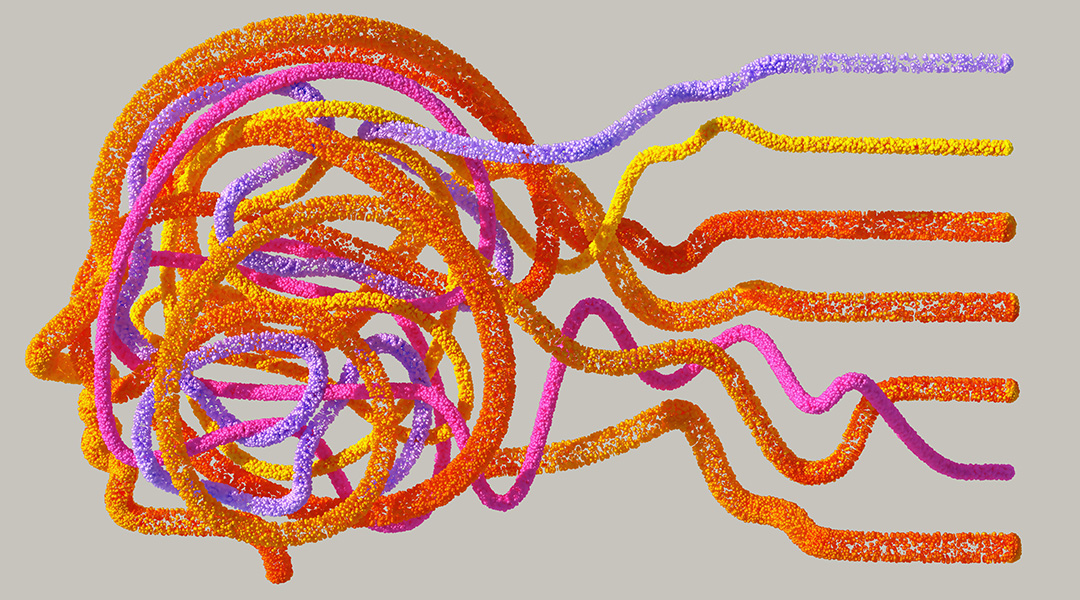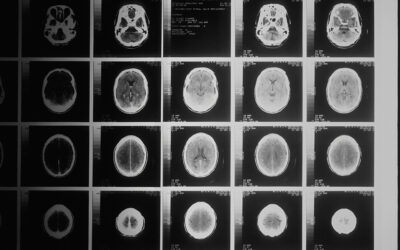Scientists have developed a new artificial intelligence (AI) system that can analyze brain interactions to better predict epileptic seizures, including rare events caused by bursts of abnormal electrical activity in the brain.
Around 65 million people across the globe have the neurological disorder epilepsy, with 3.4 million living with this condition in the United States alone, according to Cure Epilepsy. The most serious complications are injuries and death resulting from seizures, with around 1 in 1,000 people living with epilepsy suffering sudden and unexpected deaths every year.
The key to preventing these deaths is better predicting the onset of epileptic seizures, with the World Health Organization (WHO) predicting that with better diagnosis and treatment, seven in 10 people with epilepsy could live without seizures.
How AI is helping predict epileptic events
AI and machine learning are already being deployed to model, detect, and predict epileptic seizures through electroencephalography (EEG) data collected using electrodes placed on the patient’s scalp. Though these systems are better equipped to spot patterns in data than humans, they fall short in the detection of rare forms of seizure.
In a new paper published in the journal Advances in Knowledge Discovery and Data Mining by researchers from the University of Southern California (USC), an AI system is described that may be capable of overcoming the difficulties current machine learning platforms face.
“Our AI system is designed to enhance the detection and classification of seizures from electroencephalography EEG data,” said lead author and USC computer science doctoral student Arash Hajisafi. “Our system utilizes a Dynamic Graph Neural Network (GNN) architecture that has been carefully trained on labeled EEG recordings.”
The team’s GNN framework is built using spatial relationships and descriptions of each part of the brain, including higher-level brain activities, such as those in the prefrontal cortex, features that are used to model each type of seizure.
This additional context means that even when the USC team’s AI is supplied with just a small number of seizure samples it can still learn effectively. That’s advantageous in identifying types of seizures with little available data, overcoming the need for massive labeled datasets of other training deep learning architectures.
“By integrating this diverse set of contexts, our framework can characterize EEG recordings much more accurately. This empowers the model to extract meaningful patterns even when dealing with very few training samples,” Hajisafi said. “As a result, our system can generalize well to unseen cases, providing consistent performance across both common and rare seizure types.”
AI can spot rare epileptic seizures
When a 60-second EEG clip is fed into the USC team’s new system, NeuroGNN, it can accurately determine whether a seizure is present in that clip. If a seizure is detected, the system can then classify the type of seizure, even when they are rare types.
“Deep learning models perform well at learning patterns from large amounts of data. However, when the data is imbalanced, the models tend to perform well in the classes with abundant samples while underperforming in the rare classes,” Hajisafi said. “This happens because the model is optimized to minimize overall error, leading it to prioritize the more common patterns in the data. Consequently, the performance for rare seizure types is often poor, as the model does not have enough examples to learn their unique characteristics.”
To test NeuroGNN, the team turned to a well-known public seizure dataset called the Temple University Seizure Corpus (TUSZ), which is widely recognized in the medical field and contains separate EEG recordings for training and testing.
The team looked at 3,050 annotated seizure events from over 300 patients, covering eight different seizure types recorded using 19 electrodes from the standard 10–20 EEG system. The team grouped the seizures into four classes to perform their analysis.
“Our approach consistently outperformed previous state-of-the-art models in both seizure detection and seizure classification tasks,” Hajisafi said.
For the seizure detection task, which determines if a seizure is present in a 60-second EEG clip, the team’s model achieved an improvement of up to 5.3% over existing deep learning approaches. Hajisafi said this is a notable but relatively modest improvement because other deep learning models also perform well when there are a large number of training samples available.
“The real strength of our approach becomes evident in the seizure classification task, particularly for rare seizure classes where the number of training samples is very limited,” he added. “In this context, our model provided a substantial overall improvement of 12.7%, which is highly significant for deep-learning tasks. We also conducted additional analyses under scenarios with even more severe data scarcity and observed that our approach can outperform previous models by an impressive 29% for rare seizure classification!”
An adaptable model with a bright future
Hajisafi added that while the team expected an improvement in seizure detection by adding additional contextual factors, it was surprising just how powerful these factors became in unison.
“Their combined impact was much greater than the sum of their parts,” the researcher continued. “Additionally, while previous models’ performance degraded significantly with fewer training samples, our approach remained consistent, even after training with a fraction of available training data. This robustness suggests that our framework is particularly well-suited for applications with limited data availability, making it highly adaptable to various medical and non-medical domains.”
Hajisafi said that while there are many possible avenues this technology could pursue in the future, the team’s next step will be to integrate it into wearable technology like EEG caps capable of continuously monitoring brain activity outside of clinical settings.
“Our system is well-suited for continuous diagnosis and could be incorporated into these wearable devices to provide real-time seizure detection/classification,” Hajisafi said. “This would allow for immediate alerts to be sent to the patient’s smartphone and their healthcare provider as soon as a seizure is detected.”
Not only could the system find itself in wearable EEG tech, but it could also be carried over to other wearable electronics that help move epileptic seizure detection beyond EEGs.
“We would like to explore the potential of using existing wearable technology, such as smartwatches, to leverage physical activity measurements and physiological responses like heart rate and movement patterns as proxies for direct brain electrical activity recordings,” Hajisafi concluded. “By utilizing these data sources, we can develop similar methods for detecting and classifying seizures without relying on traditional EEG equipment.”
Reference: A. Hajisafi., et al., Dynamic GNNs for Precise Seizure Detection and Classification from EEG Data, Advances in Knowledge Discovery and Data Mining [2024] 28th Pacific-Asia Conference on Knowledge Discovery and Data Mining, PAKDD 2024, Taipei, Taiwan, May 7–10, 2024, Proceedings, Part IV
Feature image: Google DeepMind on Unsplash

















